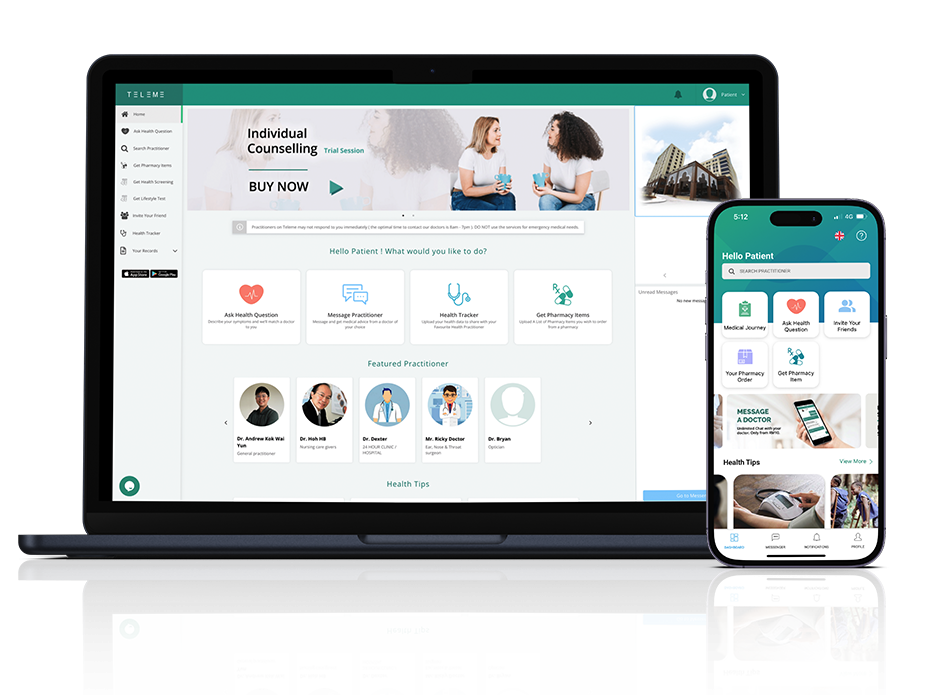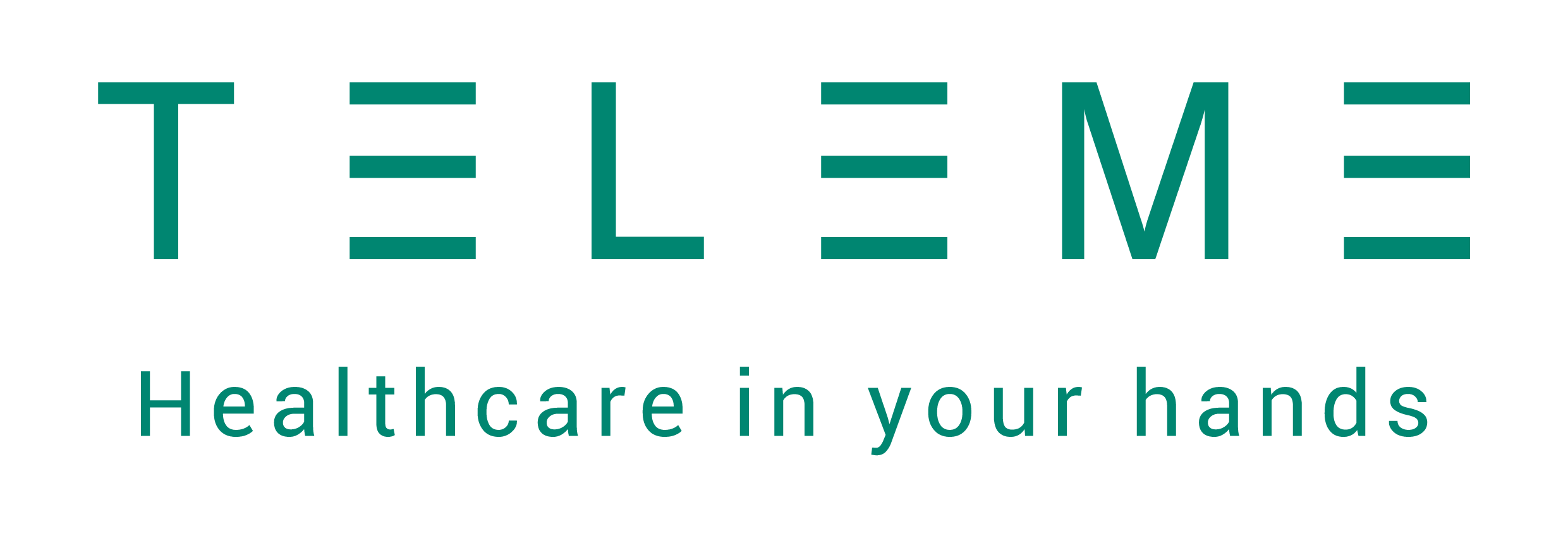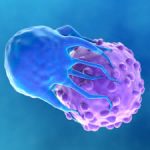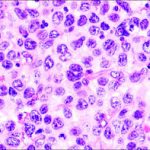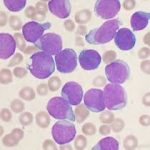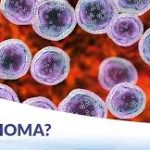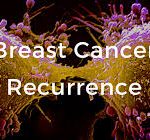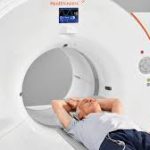
Diffuse Large B-Cell Lymphoma (DLBCL)
Diffuse Large B-cell Lymphoma (DLBCL) is the most common sub-type of Non-Hodgkin Lymphoma (NHL) accounting for around 30% of all NHL cases. It is fast growing and affects the B-lymphocytes (part of the white blood cells in our body which helps us fight infections). The incidence of DLBCL increases with age and most patients are over the age of 60 at the time of diagnosis.
Signs & Symptoms
Most patients notice painless lumps (usually in their neck, armpit or groin) which can grow quickly over a few weeks. In addition, over 1 in 3 get non-specific symptoms such as fever, night sweats and unexplained weight loss (similar to other types of lymphoma).
Investigations to Diagnose DLBCL include;
- Blood tests to look at the number and morphology of red and white blood cells
- Blood Markers & Chromosome Analysis (including Gene Expression Profiling)
- Bone Marrow Biopsy
- Lymph node biopsy to look at the cell type to determine the type of lymphoma
- Imaging tests like chest X-ray, CT / MRI scan or PET scan (to determine the stage of the lymphoma)
Staging of DLBCL
Staging of the disease is important because it allows your doctor to know the extent of the disease and plan your treatment as well as understanding your prognosis and outcome of treatment. Each stage can be sub-divided into A (where you have NO symptoms) or B (where you have symptoms of fever, night sweats or weight loss greater than 10%)

Treatment of DCBCL
Approximately 60% of DLBCL patients achieve remission using standard Chemotherapy that includes Immunotherapy such as monoclonal anti-CD20 antibody (Rituximab), Cyclophosphamide, Doxorubicin (also known as Hydroxydaunorubicin), Vincristine (also known as Oncovin), and Prednisone. This treatment is called the R-CHOP regimen.
Some patients with more extensive disease involvement may require dose adjusted treatment using the EPOCH-R regimen which includes drugs such as Etoposide phosphate, Prednisone, Vincristine (Oncovin), Cyclophosphamide, Doxorubicin hydrochloride (also known as Hydroxydaunorubicin) and Rituximab.
However, 30–40% of DLBCL patients may develop relapses or have refractory disease, despite receiving the above treatment. These patients may be offered the following treatment;
- Salvage Chemotherapy
- Autologous Stem Cell Transplant
- CAR T-cell Therapy
Before starting treatment, you may consider sperm banking or egg freezing to protect your fertility opportunity if you want to start a family later in life. This is because the chemotherapy may reduce your chances of getting pregnant naturally.
Prognosis
The revised International Prognostic Index (R-IPI) was developed to assess the outcome of individuals receiving chemotherapy based on 5 factors. The following factors are indicators of poorer outcomes;
- If the age is over 60 years
- If the Performance Status is affected by the lymphoma causing patient to be bed-ridden
- If LDH value is elevated
- If the DLBCL is Stage 3 or higher
- If the DLBCL has affected other parts of the body beyond the lymph nodes such as the lung, liver, gastrointestinal tract or bone marrow
See a Haematologist or Cancer Specialist to discuss your Treatment Options
Disclaimer. TELEME blog posts contains general information about health conditions and treatments. It is not intended to be a substitute for professional medical advice, diagnosis or treatment. The information is not advice and should not be treated as such.
If you think you may be suffering from any medical condition, you should seek immediate medical attention from your doctor or other professional healthcare providers. You should never delay seeking medical advice, disregard medical advice, or discontinue medical treatment because of information on this website.

